Sign up for workout ideas, training advice, reviews of the latest gear and more.

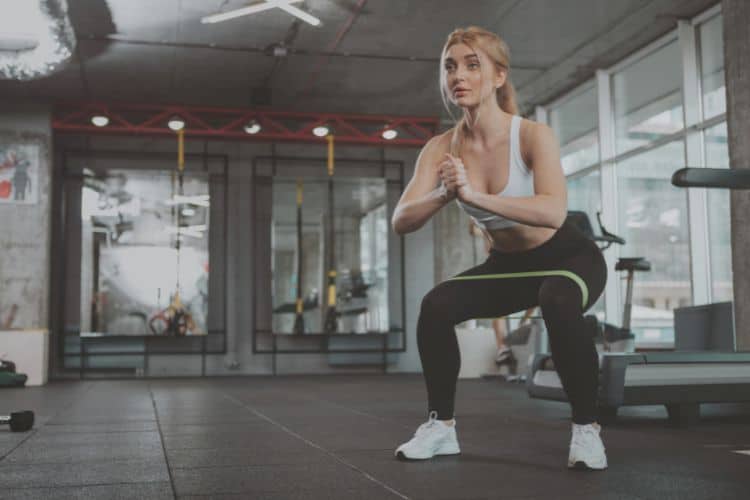
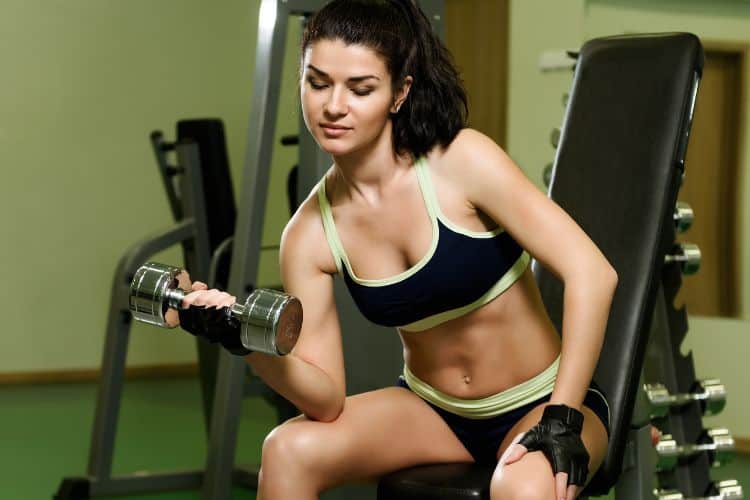
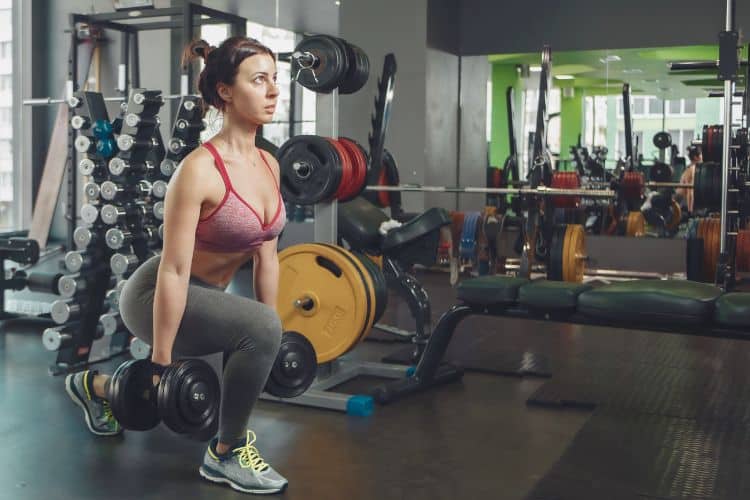
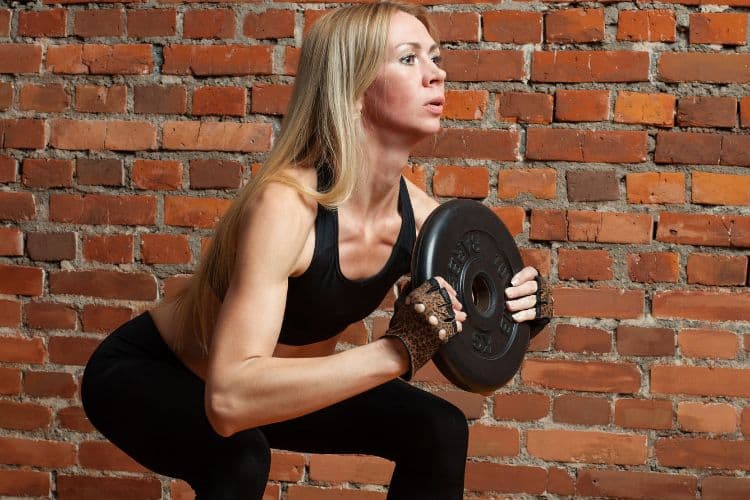
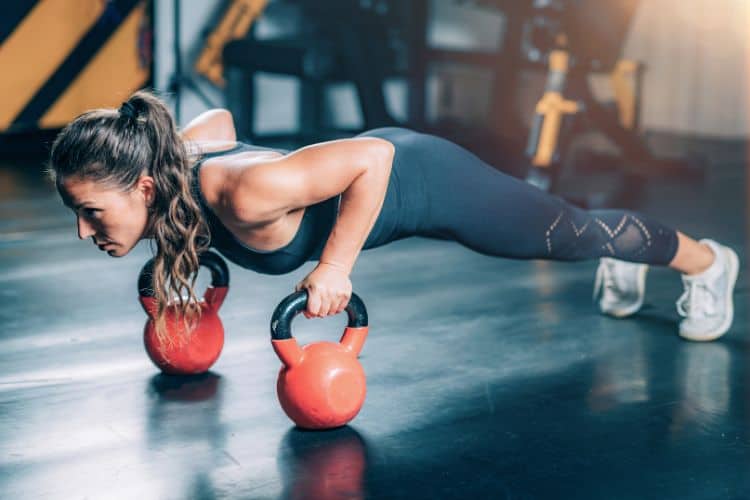
If you’re looking for a quick yet powerful way to torch calories, boost endurance, and strengthen your entire body, a 30 minute full body HIIT circuit workout is the perfect solution. High-Intensity Interval Training (HIIT) has become one of the most effective methods for improving fitness in a short amount of time. By combining short bursts of intense effort with brief recovery periods, you’ll maximize fat burning, elevate your heart rate, and challenge your muscles from head to toe—all in just half an hour.
In this article, we’ll break down everything you need to know: the benefits of full body HIIT circuits, how to structure your 30-minute session, step-by-step exercise breakdowns, modifications for all fitness levels, and tips to help you crush your workout.
A HIIT circuit workout combines the principles of circuit training (rotating between different exercises targeting different muscle groups) with the intensity of HIIT (working at maximum effort for a set time, followed by short rests).
In a full body HIIT circuit, you’ll move through a series of exercises that target your legs, arms, core, back, chest, and cardiovascular system. The goal is to keep your body moving, your heart pumping, and your muscles under tension for maximum calorie burn.
One of the biggest advantages of HIIT is efficiency. A 30 minute full body HIIT circuit can burn as many calories as a traditional hour-long workout, thanks to its high intensity and calorie afterburn effect (EPOC).
Unlike steady-state cardio, HIIT helps you lose fat without sacrificing lean muscle mass. The mix of strength and cardio keeps your metabolism elevated for hours after your workout.
Since a HIIT circuit includes both resistance and bodyweight movements, you’ll build strength, power, and stamina simultaneously.
HIIT pushes your heart rate to near maximum, improving cardiovascular fitness and lowering your risk of heart disease.
While dumbbells, kettlebells, or resistance bands can enhance the challenge, this workout can be done with just your bodyweight—making it perfect for home workouts, small spaces, or busy schedules.
A 30-minute HIIT session typically follows a work-to-rest ratio. The most common structure is:
This creates a balanced workout that hits all muscle groups while keeping your heart rate elevated.
Before jumping into your HIIT circuit, it’s crucial to prime your muscles and joints with a dynamic warm-up. This prevents injuries and helps you perform at your best.
Perform each move for 30–45 seconds:
Explosive squats build lower-body strength and skyrocket your heart rate.
How to: Start with feet shoulder-width apart, squat down, and explode upward into a jump. Land softly and repeat.
Muscles Worked: Quads, glutes, hamstrings, calves.
A staple bodyweight move for upper-body strength.
How to: Place hands slightly wider than shoulders, lower your chest toward the floor, then push back up.
Modifications: Drop to knees for beginners.
Muscles Worked: Chest, shoulders, triceps, core.
A powerful core move that doubles as cardio.
How to: From a plank position, drive your knees toward your chest in a running motion.
Muscles Worked: Abs, hip flexors, shoulders, cardiovascular system.
Use a dumbbell, kettlebell, or backpack filled with books if at home.
How to: Hinge forward at the hips, hold weights, and pull them toward your torso.
Muscles Worked: Lats, biceps, traps, rear delts.
The ultimate calorie burner.
How to: From a standing position, drop into a push-up, jump your feet forward, and explode into a jump overhead.
Muscles Worked: Chest, shoulders, arms, legs, core, cardio.
Great for unilateral leg strength and stability.
How to: Step forward into a lunge, then push off your front heel to step forward with the other leg.
Muscles Worked: Quads, glutes, hamstrings, calves.
Improves anti-rotational core strength.
How to: From a plank position, tap your opposite shoulder while keeping hips stable.
Muscles Worked: Abs, obliques, shoulders.
Perfect way to spike your heart rate.
How to: Run in place, driving knees up to hip height. Pump arms for added intensity.
Muscles Worked: Core, quads, calves, glutes, cardio.
Finish strong by bringing your heart rate down and improving flexibility.
Cool Down Moves:
Here’s how you can structure your week around this workout:
On average, a 30 minute full body HIIT circuit workout can burn anywhere from 300–500 calories, depending on intensity, body weight, and fitness level. With the added benefit of the afterburn effect, your body continues to burn calories for hours post-workout.
While steady-state cardio like jogging or cycling has benefits, HIIT provides:
If you’re short on time but want maximum impact, HIIT is the smarter choice.
A 30 minute full body HIIT circuit workout is one of the most effective ways to train when time is limited. In just half an hour, you’ll challenge every major muscle group, boost endurance, and burn calories long after the workout is over. Whether you’re a beginner just starting out or an advanced athlete looking to push limits, HIIT can be scaled to meet your needs.
All you need is your body, a timer, and determination. Lace up your sneakers, set your intervals, and get ready to sweat—it’s time to transform your fitness with HIIT!
Want more workout and video guide?
Follow us on Pinterest, Facebook, and Subscribe to our Newsletter and Stay tuned for FREE downloads of our App coming soon!
Stay up to date on the latest women’s health, fitness and lifestyle trends and tips.